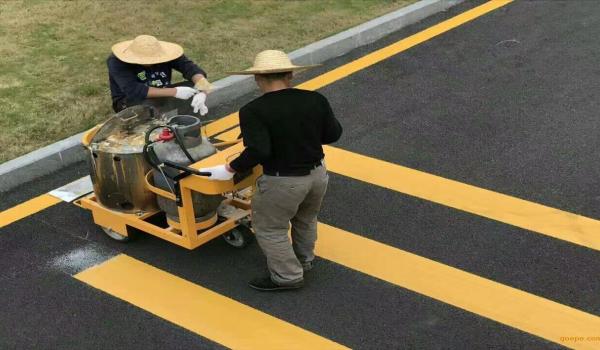Road Marking Paint and Machine Manufacturer
+86-15668659958
Road Marking Paint and Machine Manufacturer
+86-15668659958
In our daily lives, cold marking coatings and hot melt marking coatings are common road marking coatings. They have specific differences in application and construction. Sometimes we don’t know how to distinguish and which one to choose. Below, the editor will take you to understand the characteristics and differences of these two types of road marking coatings. I hope you can provide everyone with reference when choosing products.
The difference between cold marking paint and hot melt paint is as follows:
